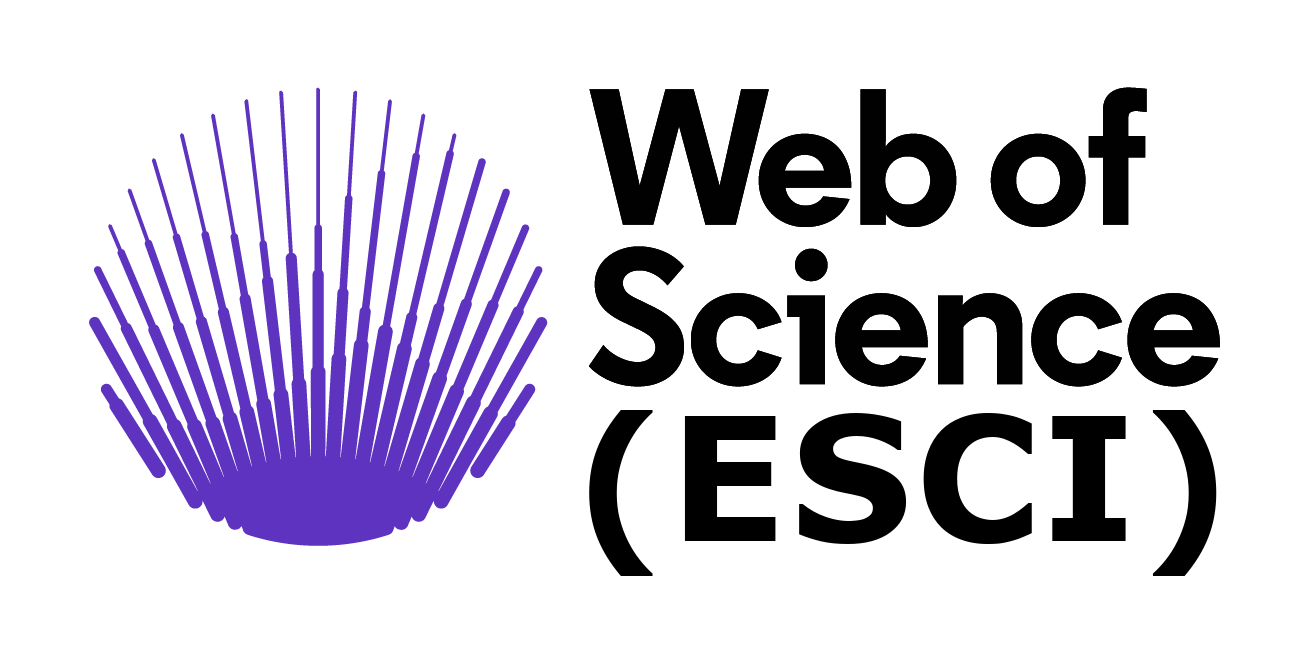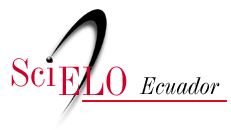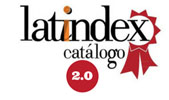Bromatological characterization and evaluation of the antimi- crobial activity of Ecuadorian banana peel (Musa paradisiaca)
DOI:
https://doi.org/10.29019/enfoqueute.v9n2.297Keywords:
banana, musa paradisiaca, phytochemical screening, antimicrobial activityAbstract
The bromatological composition of banana peel (Musa paradisiaca) produced in Ecuador was determined and the fractions and phytochemical groups responsible for its antimicrobial activity were identified. The bromatological analysis determined a humidity of 88.94% and 11.06% of total solids (1.55% of ash, 0.47% of fat, 0.74% of protein, 0.87% of fiber and 8.3% total carbohydrates). To obtain the fractions, two methods of maceration were applied. The first used four solvents of different polarities, such as petroleum ether, chloroform, ethyl acetate and water. The extracts were subjected to phytochemical screening tests that identify the presence of fatty compounds, sterols, triterpenes, saponins and tannins. The second method used 70% ethanol as solvent and five fractions were generated. Tests of antimicrobial activity by the agar diffusion method were performed in Staphylococcus aureus and Escherichia coli using the crude ethanolic extract and its fractions, microbiological activity was evidenced. Phytochemical screening assays and chromatography were performed on each fraction and extract identifying the main groups of compounds responsible for the antimicrobial activity.
Downloads
References
A.O.A.C. Association of Analytical Chemist. (2000). “Oficial Methods of Analysis”. Inc. Washington, D.C. E.U.A.
Chinnappan, S. et al. (2013). “Evaluation of microbial potential of different colored banana peels”. International Journal of Preclinical & Pharmaceutical Research. 4(2), 62-64.
Clinical and Laboratory Standards Institute. (2012, 01). MIC testing Volume 32. Number 2. Recuperado de http://antimicrobianos.com.ar/ATB/wp-content/uploads/2012/11/04-DETERMINACION-DE-LA-SENSIBILIDAD-METODO-DE-DILUCION-2012.pdf (accedido el 07/02/2018).
Guil-Guerrero, J. et al. (2016)a. “Antimicrobial activity of plant-food by-products: A review focusing on the tropics”. Livestock Science, 189, 32-39.
Guil-Guerrero, J. et al. (2016)b. “Plant Foods By-Products as Sources of Health-Promoting Agents”. Agronomy Journal, 108, 1-16.
Guil-Guerrero, J. et al. (2016)c. “Plant-food by-products to improve farm-animal health”. Animal Feed Science and Technology, 1-15.
MAGAP. (2014). Boletin Situacional Banano. Recuperado de http://sinagap.agricultura.gob.ec/phocadownloadpap/cultivo/2014/aboletin-situacional-banano-2014-actualizado.pdf (accedido el 07/02/2018)
Matos, F. (2009). Introdução à Fitoquímica Experimental (3 ed.). Fortaleza_Brasil. Edicóes UFC.
Mordi, R. et al. (2016). “Identification by GC-MS of the Components of oils of Banana Peels Extract, Phytochemical an Antimicrobial Analyses”. Research Journal of Phytochemistry, 10, 39-44.
Niamah, A. (2014). “Determination, identification of bioactive compounds extracts from yellow banana peels and used in vitro as antimicrobial”. International Journal of Phytomedicine, 6, 625-632.
Pavarini , D., Pavarini, S., Niehues, M., & Lopes, N. (2012 ). “Exogenous influences on plant secondary metabolite levels”. Animal Feed Science and Technology, 176 (1-4) pp: 5-16.
PROECUADOR. (2016). Sector Analysis Banano 2016. Recuperado de http://www.proecuador.gob.ec/pubs/banano-sector-analysis/ (accedido el 07/02/2018)
Downloads
Published
Issue
Section
License
The authors retain all copyrights ©.
- The authors retain their trademark and patent rights, as well as rights to any process or procedure described in the article.
- The authors retain the right to share, copy, distribute, perform, and publicly communicate the article published in Enfoque UTE (for example, post it in an institutional repository or publish it in a book), provided that acknowledgment of its initial publication in Enfoque UTE is given.
- The authors retain the right to publish their work at a later date, to use the article or any part of it (for example, a compilation of their work, lecture notes, a thesis, or for a book), provided that they indicate the source of publication (authors of the work, journal, volume, issue, and date).
























